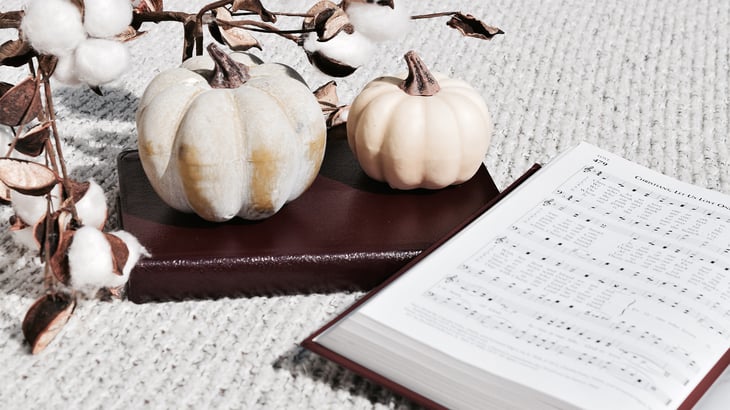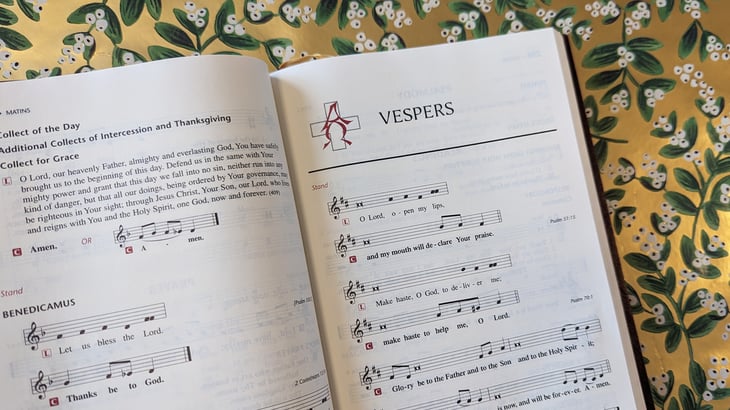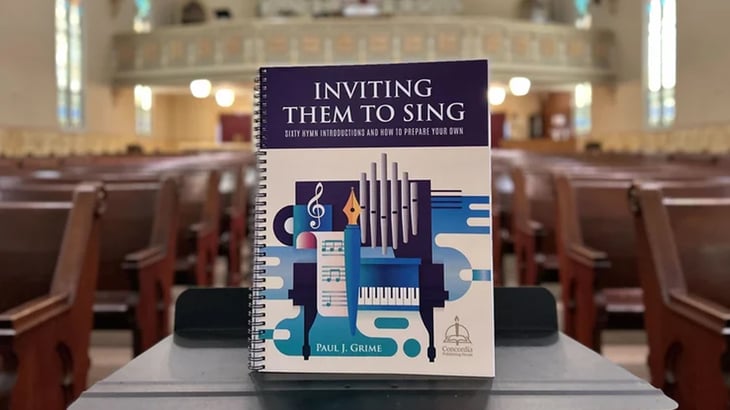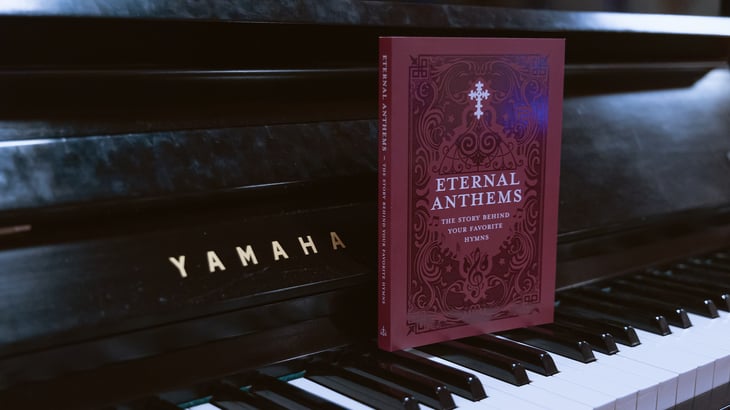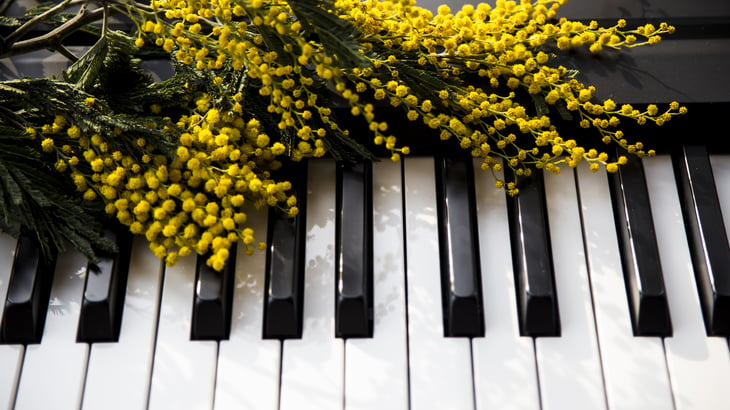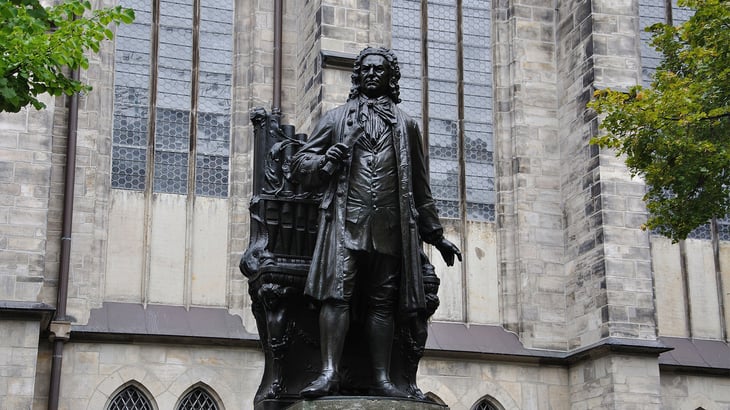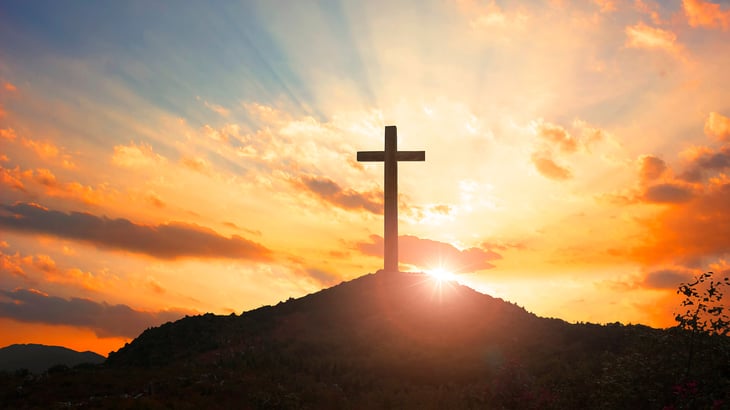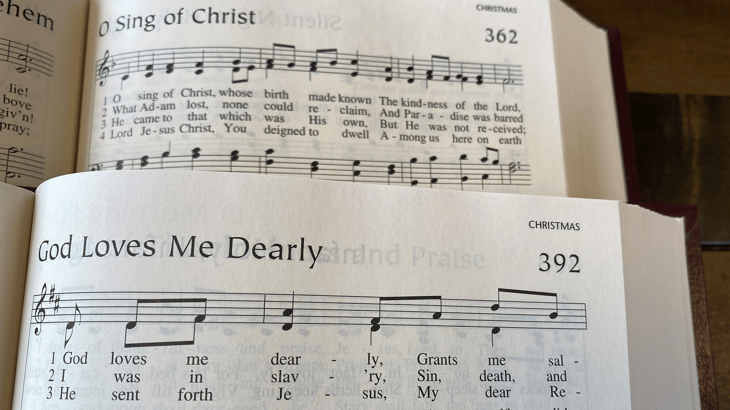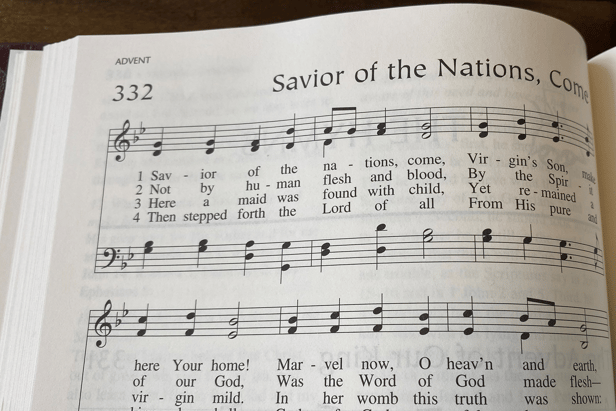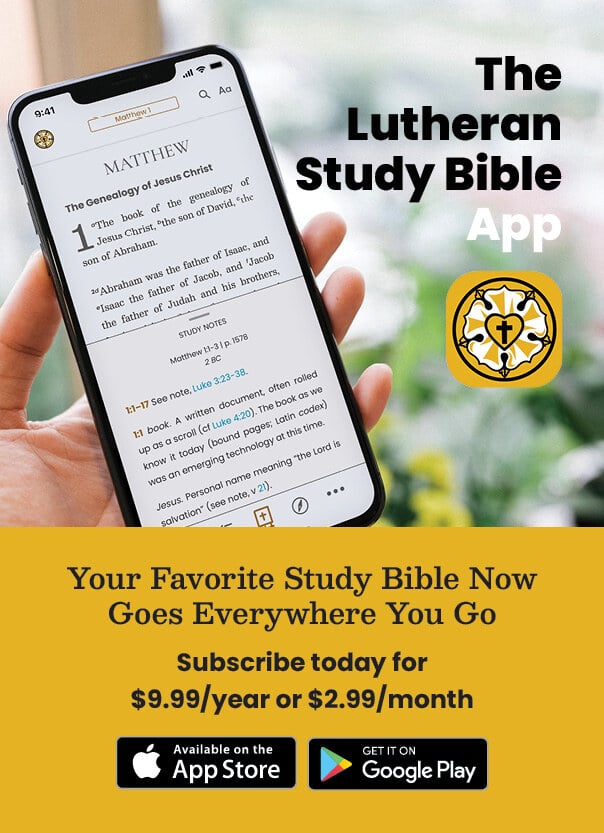Top Children’s Hymns for Christmas
It’s that time of year: the weather has gotten colder, the lights have gone up, and the Christmas music has been playing for some time now. It’s a season of celebration, especially the celebration of the birth of Christ, our Savior come to earth. At this point, your children or students are antsy for the festivities to begin and to open their presents. But before that, take this time to remind them of the greatest gift we have ever received, the gift of God’s Son, born for us. Here are our top children’s hymns for Christmas from One and All Rejoice to encourage the children in your life in their worship of Jesus.
The Stories behind Your Favorite Reformation Hymns
Why have certain hymns grown to be synonymous with the Reformation? With these excerpts from Eternal Anthems and Companion to the Hymns, you’re invited to journey through the contexts of some of these Reformation favorites.
Vespers and Evening Hymns
The historic church used to partake in a set of daily services called the Daily Office. This kept people connected to God and in community with His Word throughout their working lives. While most churches do not observe these Daily Offices today, we still retain their settings, and they are certainly beneficial to incorporate into the life of the church, devotions with family, or other settings. Today, we look at the order of Vespers and some appropriate hymns to accompany it. The following has been adapted from Lutheran Service Book: Companion to the Services and Lutheran Service Book: Companion to the Hymns.
Music of the Month: Inviting Them to Sing
Hymn introductions provide an opportunity to invite the congregation to lift up its voice. They needn’t be long or complicated in order to be engaging. This resource provides 60 introductions and an extended preface that provides tools and suggestions for the average church musician to craft his or her own introductions. These introductions are extremely useful, covering 117 hymns in Lutheran Service Book.
The Story that Inspired “Come, Holy Ghost, God and Lord”
Pentecost hymns have been passed down for generations. Many of them have intricate and interesting histories to them, including that of “Come, Holy Ghost, God and Lord” found in Lutheran Service Book as hymn 497. Read this excerpt from Lutheran Service Book: Companion to the Hymns and Eternal Anthems: The Story Behind Your Favorite Hymns, Volume 1 to learn about one of Martin Luther’s Pentecost hymns and its origins.
The Stories Behind Your Favorite Easter Hymns
Easter hymns are beautiful celebrations of the victory Jesus won on the cross and in His glorious resurrection for our salvation. Alleluia! They are filled with bright notes and triumphant musical lines to bring all His people together in rejoicing. There are many beloved Easter hymns that are yearly staples in the worship service. Read about three favorites and their hymn histories below to rejoice with generations of Christians before you who sang these same words.
Five Lutheran Hymns of Johann Sebastian Bach
Johann Sebastian Bach is a well-known name throughout the world. Whether you are a music fanatic or not, chances are you have been touched by Bach’s music without even knowing it.
“When I Survey the Wondrous Cross”: From Lent to the Lord’s Supper
“When I Survey the Wondrous Cross” is a common hymn to hear during the season of Lent. As you anticipate singing this well-loved text, take time to find a deeper meaning by studying its history. Read about this hymn by Isaac Watts below to uncover how “When I Survey the Wondrous Cross” originally had an additional meaning aligning with the Lord’s Supper.
The Stories behind Three Favorite Christmas Hymns
Every Christmas tradition has an origin story, as do longtime favorite Christmas hymns. You may be surprised to discover what inspired three of your favorite holiday hymns: “From Heaven Above to Earth I Come,” “God Loves Me Dearly,” and “O Sing of Christ.” One of these hymns has roots in a folk song, another is tied to a rescue home for youth, and the third departs a bit from the typical themes of a Christmas hymn. Read on for more details about these holiday favorites from Eternal Anthems: The Story Behind Your Favorite Hymns!
The History of “Savior of the Nations, Come”
This Advent hymn is among the few that can be definitively attributed to the “father of Latin hymnody” himself, Ambrose of Milan. Listen to this beloved hymn and then check out its rich history.


